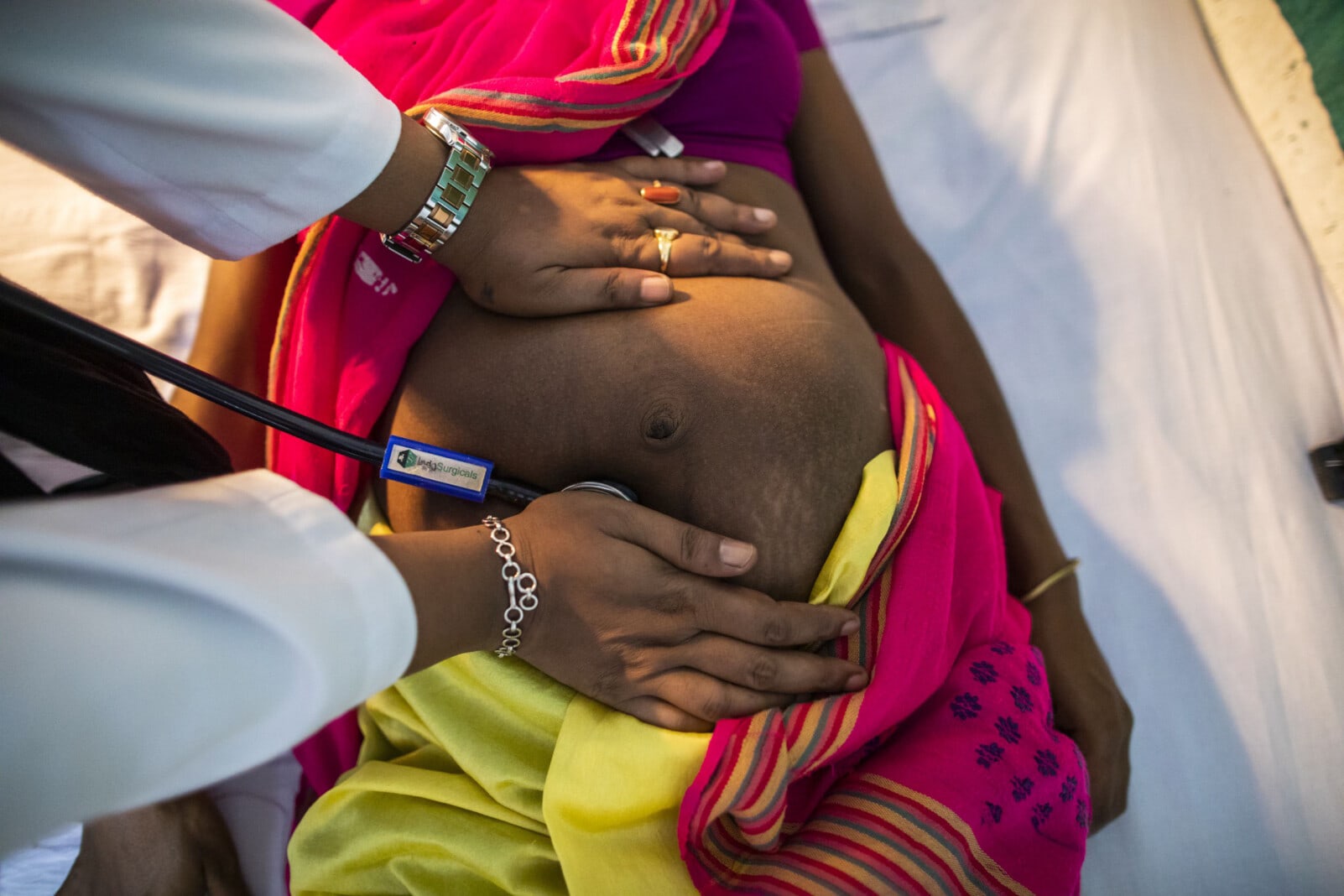Photo credit UNICEF
Critical Challenge:
Many have likely wondered how many women in sub-Saharan Africa lose their lives due to pregnancy or its management, only to be confronted with a heartbreaking reality they wish they didn’t know. According to the latest (2010-2020) data on maternal mortality rates, jointly published by the World Bank, WHO, UNICEF, UNPF, and UNPD, sub-Saharan Africa alone contributes a staggering 70% of the world’s maternal mortality rate. Beyond statistically pushing the world average from 53 to 223, the region’s alarming 545 maternal deaths per 100,000 live births pose a severe threat to the Sustainable Development Goal Target 3.1, which aims to reduce maternal mortality to fewer than 70 by 2030.
With only five years remaining, the World Bank ACE Impact project provides a glimmer of hope. The Bank’s Centre of Excellence in Reproductive Health Innovation (CERHI) is diligently working to ensure that the 2030 target remains achievable, leveraging the synergy of innovation, commitment, and a relentless pursuit of excellence.
The 3-Delay Model Solution:
As part of this pursuit, the center recently identified widespread inaccessible emergency healthcare as a major cause of the region’s high maternal mortality rates and proposed actionable solutions to address the issue. Diagnosing the problem, the center first summarized the region’s high maternal mortality rates in a 3-delay model—the delay in deciding to seek care, the delay in reaching care, and the delay in receiving care, with the first phase being the most critical not only because the two other phases depend on it but also because it combines their causes—inaccessible health facilities and poor-quality healthcare—with other causes such as socio-economic and cultural factors.
Leading this timely intervention, the center has developed the Text4Life Mobile App, an innovative telemedicine platform, to bridge the gap between rural communities and emergency care providers, addressing maternal health emergencies. “While infrastructure development is vital, mobile technology offers an immediate solution to connect rural populations with essential health services,” Professor Okonofua, CERHI Director, proposes.

Breakthrough Results:
The Text4Life App enables pregnant women, their families, or caregivers to call a toll-free number, connected to a network of trained community health workers and ambulance services, and receive prompt emergency responses and timely transportation to healthcare facilities. The emergency call system has so far significantly decreased delays in accessing critical maternal health services. In one of the highest maternal mortality communities in Nigeria, where the mobile innovation was implemented, no one died from pregnancy complications in the first six months of implementation.
Despite its unwavering zeal to scale the breakthrough mobile innovation, especially across rural Africa, for widespread adoption and more impactful outcomes, the center still faces the challenge of securing the significant investments required in such digital infrastructure, training health workers, and undertaking public awareness campaigns. Though mobile technology has the potential to transform maternal health in Africa, it requires a collective effort to make it accessible and sustainable.
Partnership Appeal:
Recognizing that transforming maternal health is not just a health issue but a human rights issue and the importance of partnerships in addressing the outstanding challenge, the center is appealing to stakeholders, including government agencies, the private sector, and international organizations, to support the project’s sustainability. The center is urging stakeholders to prioritize investments in mHealth technologies and ensure they reach the most vulnerable populations in rural areas. CERHI believes that with continued commitment and collaboration, mobile innovations can make the difference between life and death for millions of women across rural Africa, as these innovations hold the key to addressing maternal mortality and ensuring safer deliveries for all African women, regardless of their location.
